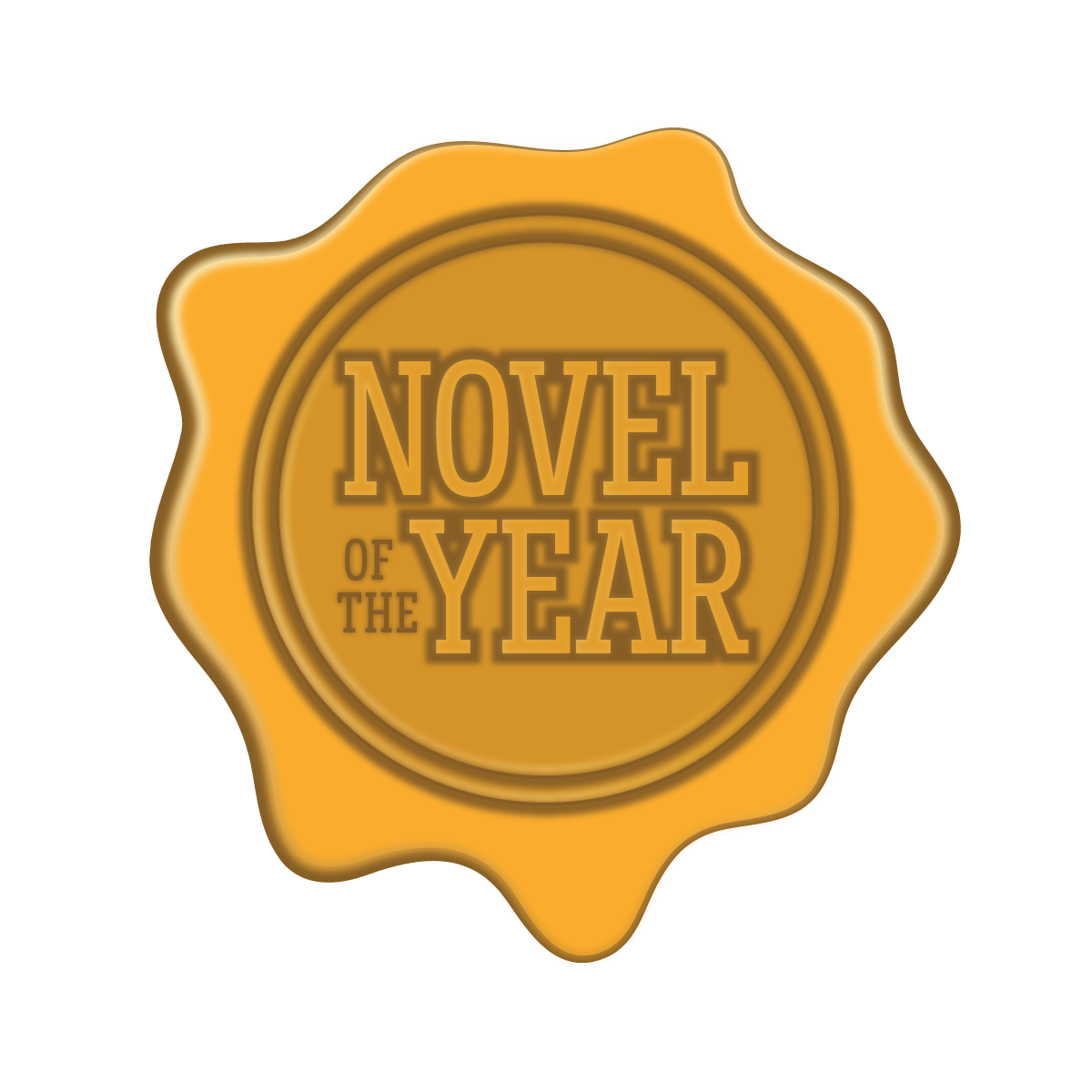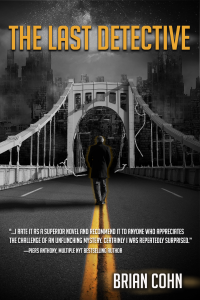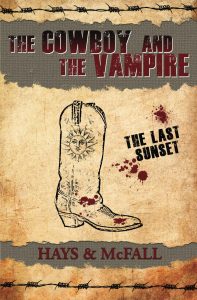The Rundown
The Recommendation
The Rating
The Links
The Reviewer
Lauren Faulkenberry
Visit Lauren Faulkenberry‘s website.By now you know that if you’re going to be in this self-publishing/indie publishing game, you have to find ways to promote yourself. Unless you’re fortunate enough to have a publicist in your corner, you’re going to have to put on your self-promotion hat and cook up ways to get the word out about your work.
Last month I gave you a starter list. This month I’m going into more detail about print and social media. The good news is, everyone’s on social media. The bad news? Everyone’s on social media. We have to make you stand out.
1.Post like a boss. Once you’ve chosen your platform(s) to work with, you have to get savvy with your content. No one wants to be inundated with “Buy my book” posts. When my debut novel came out, I posted 1-2 times a day about it for a week. Then I posted something a few times a week, like a great review, an interview with USA Today, a guest post on another blogger’s site (that doubles as promotion for another writer, see?). When I’m doing a giveaway, I might post 3-4 times a day because the window is small: the giveaway might only last 4-7 days. In general though, I don’t post multiple times a day about my book being available. That fact, in and of itself, is boring. And boring equals zero engagement. After a book has been out a while, it’s time to move on from “Hey, my book’s out” and find creative ways to get people interested in your work. (Anita Chapman, Donna Moritz, and Sarah Dawley have excellent ideas for engagement.) To engage with readers and followers, you need to provide content that keeps them coming back for more. Connect with other writers: if they follow you, follow them back. Retweet and share other writers’ posts (but please remember to credit them!). Promote books from fellow authors, and tweet about their giveaways. Share articles that you think readers would find interesting, and comment on what others are posting to get a conversation going. This is a community, after all. You’re not posting in a vacuum.
2. Maximize your reach (and your time management) by scheduling posts. Once you’ve developed a sense of the balance you need, you can schedule certain posts to minimize the time you actually spend at the computer. Services like Hootsuite and Tweetdeck allow you to schedule posts (and Facebook does, too) so you don’t have to do everything in real time. Yes, you need some posts in real time in order to increase engagement. But you can minimize computer time by sitting down and scheduling a week’s worth of promotional tweets. This allows you to post at optimum times (when you might be at work, out of town, or sleeping because not all of us stay up all night to chat online). It also lets you post at times that would engage visitors in other time zones—something I didn’t always think about in my pre-scheduling days.
Bonus: As you schedule posts, you can spread them out so that you’re not posting about your giveaway every day at noon. Instead, you can stagger those posts at different times each day (hopefully targeting different followers), use different hashtags to reach different followers, and mix in links to articles, blogs, and other sources to ensure you’ve got variety on your feed. Scheduling creates a kind of map that lets you see all of that at once, and allows you to see the holes that need to be filled. I schedule the tweets that are top priority (i.e. a 3-day giveaway and a new 5-star review) and then fill in the gaps with other interesting and engaging articles, retweets, and news from other authors.
3. Use the funnel effect to your advantage. At a conference a few years ago, a speaker who was sharing his magician’s tricks for social media attributed his ridiculously large following to the “funnel effect.” The gist is this: You are a person with a boatload of interests, hobbies, and obsessions. Each of those has the potential to draw in followers that might not find you based on your posts about writing. For example: I might post about art, printmaking, weird animal facts, Game of Thrones, and my favorite books. Each of those subjects pulls people from different groups that might otherwise never find me if I only posted about writing. By posting about a variety of subjects, I can engage more people and have more conversations—and when THOSE people repost my wacky cat pictures or quips about the latest episode, that has the potential to reach an even wider audience and pull those folks into my orbit, too. Hence, the funnel analogy. (And you’re going to engage all of these people by properly using hashtags, right? And using a variety of them, right? Right.)
4. Channel your inner designer (or bite the bullet and hire one). The majority of your posts and tweets need images. Some people will argue that ALL of them do. We already know that social media posts that use images are WAY more likely to be read, so you’re going to have to put your design hat on. Luckliy, there are sites like Canva.com that make it super easy for you to create professional looking images to promote your giveaway, your reading, or your latest release. In ten minutes you can create an image that you can share on all social media platforms. This is especially helpful for Twitter, when you find yourself past the 140-character limit. Let your image give the deadline, the pertinent details about your reading, or your release date, and leave yourself room for the much needed hashtags in the text. (Need photos? There are great sources like morguefile.com and pixabay.com that offer free stock images. Sidebar: be sure you’re using photos legally. Just because it’s on the internet doesn’t mean it’s free. If you’re not using a photo that is declared a “free stock image,” then you need to be asking someone for the right to use that image. That, however, is a whole ‘nother article.) If this design business is still too overwhelming, find yourself a designer. Many (myself included) can quickly put a package together that includes images you can repost as much as needed. I have a stable of images that I use for giveaways and reviews, and create that package for others for one flat fee. If you hate doing design work, find someone who likes it: it’s evident in the finished work if you’ve enjoyed building the image or agonized over the process. If you’re designing the image, remember you want to create something eye-catching, but legible. Readability is your top priority.
5. Print postcards, bookmarks, or other take-away items you can give to readers in person. Yes, we’re spending a lot of time on social media, but there’s something to be said for face-to-face engagement. These print items may seem like small potatoes, but they’re a useful item to take to readings and book festivals to serve as reminders for your visitors. For those of us who offer our books in e-formats, this is especially useful. You may sell fifteen books at a reading, but what if 40 people are there? Fifteen more of them might have been thinking, “Hey, I’ll get that for my Kindle,” or “Hey, I bet my sister would like that book.” But what happens when they get home and they have forgotten the title of your book, and can’t remember your last name? Make it easy for people to remember you. I just went to a reading and took a pile of bookmarks I’d designed using Canva.com and printed through Vistaprint. My bookmark politely reminded people of how much we indie authors depend on reviews, and then reminded them they were reading the first book in the Bayou series. Each time I signed a book, I stuck a bookmark inside. Several people took a few extras, and I noticed people who didn’t buy the print copy also took a bookmark—hopefully so they could remember to get the e-book later. (Again, if the prospect of this designing makes you anxious, there are a lot of designers out there who can do this for you. They’ll either arrange the printing or send you the file so you can print items yourself.) If you really get into it, you can print coffee mugs, t-shirts, tote bags, magnets—all kinds of items you can put together as a “swag bag” for a door prize at your next reading. I’ve been that person who went to a book festival and only bought a couple of books, but came home with twenty bookmarks that reminded me of the books I wanted to find later, when I had more money to spend.
6. Hit the bricks. Reach out to your local bookstores and ask to read. Indie bookstores (and yes, even the big chain stores) love to have local authors read. It’s good for them because there’s something happening in the store, drawing attention (YOU!) and it brings in more customers who are bibliophiles (your friends!) eager to spend money on books. If you can organize a group of friends you know will attend, that’s a great way to approach the store. Have dinner or drinks before your reading (this is a reason for a celebration, after all) and invite people to join you for the “before party.” Don’t forget to post this event on all of your social media outlets, and send out invitations. Let people know you really want them there. Facebook makes it easy to send out invites, and now that you know how to design a flyer or postcard (or an e-vite image for social media), you can send a snazzy image to invite people to join you. If you send newsletters (and you should be sending them by now, dear Author), send a special one that invites subscribers to your reading. Send email invites to personally connect with your followers, and don’t forget the appeal of a physical postcard or invitation that comes in the mail. Your bookstore will likely create their own promotional posters, but swing by and offer some of those take-away postcards you’ve designed. The more people you get to attend the reading, the more likely the bookstore will be to have you come back for your NEXT book launch. You’re building a relationship here, and you need to do your part. (And don’t forget to contact local newspapers and let them know about your event. Lots of cities have a free guide that lists all of the cool, often FREE, things to do around town, and you want to be included in the list of can’t-miss outings.)
Have some tactics you've tried and had success with? I'd love to hear about them in the comments.









